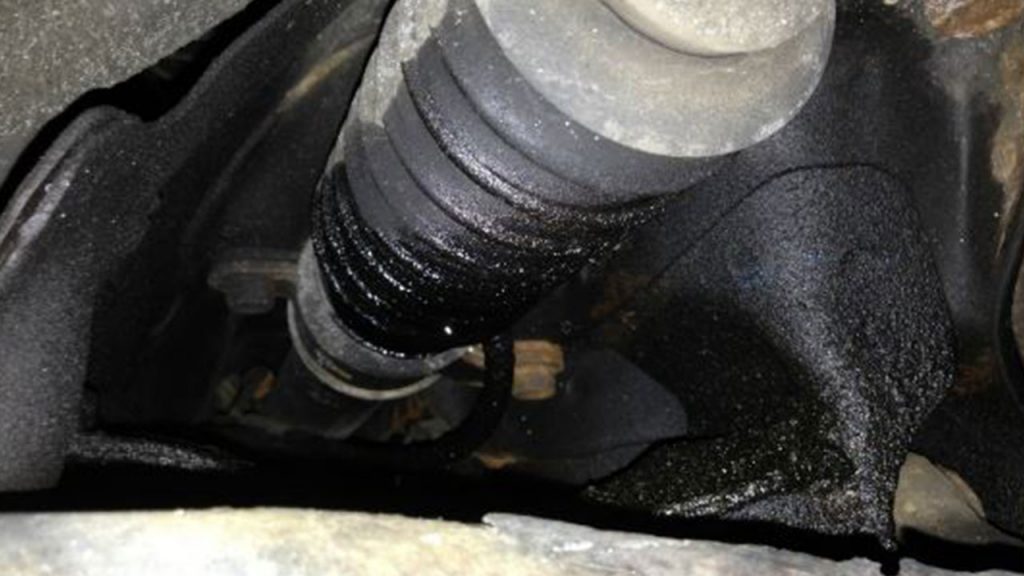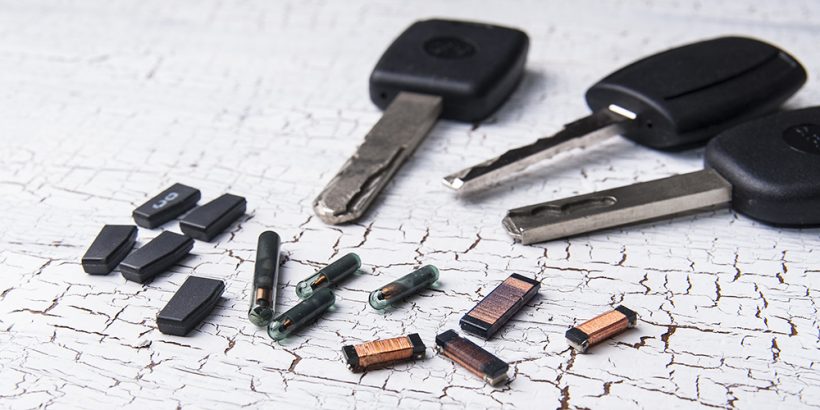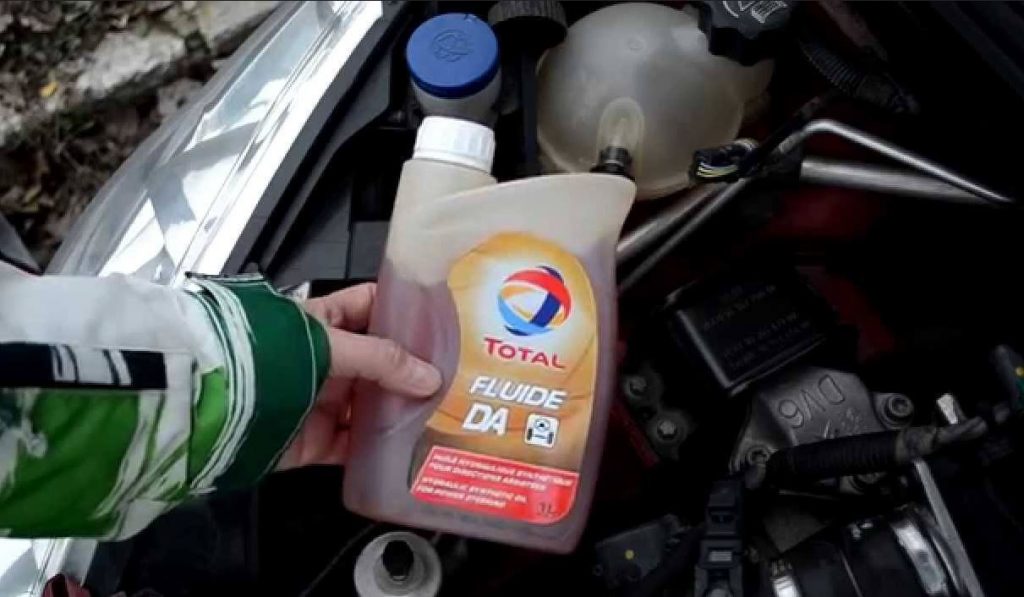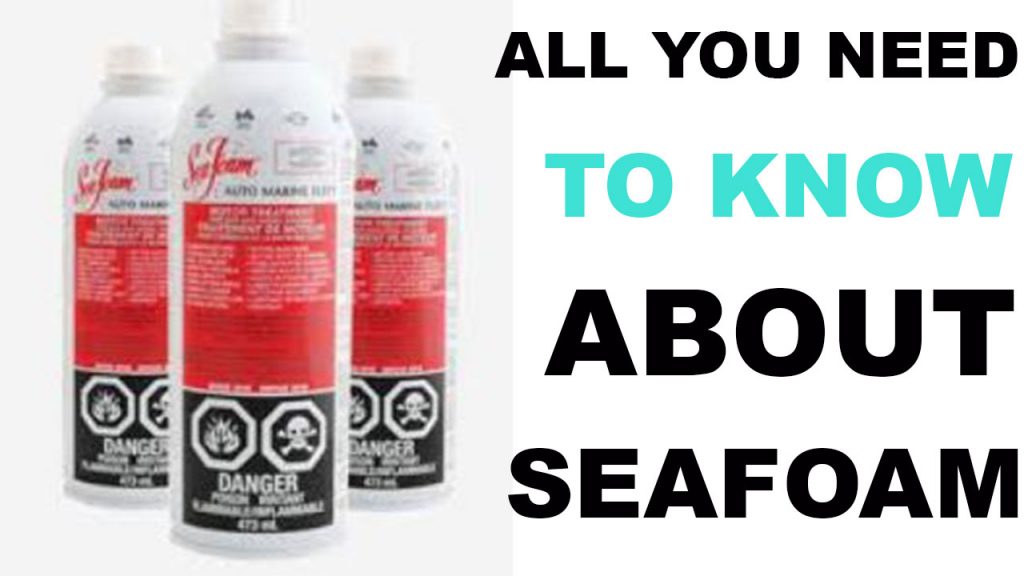How to clean throttle body without removing it: If you ever feel like your car just isn’t responding well to you when you try to engage the car, chances are, the problem could be a throttle body issue.
You press the gas… and there’s a weird delay. It idles roughly, and sometimes it even stalls. Or maybe the check engine light just comes on out of nowhere.
All these signs point to a problem within your car, and in this article we are going to look at 5 Ways to Clean Your Throttle Body Without Taking It Apart, the symptoms to look out for, and to make sure it is a Throttle Body problem.
The throttle body is one of the most overlooked parts of your engine. It’s small, but it plays a huge role in your car’s performance, controlling how much air flows into the engine.
And when the throttle body gets clogged, it obstructs this easy air flow into the engine, which affects your car’s performance. However, cleaning it fixes the problem. And the good news is: you can clean it yourself, especially without removing a single part at all.
Yep, no disassembly, no special tools. I’ll show you just how easy it is to do this in 5 simple ways,
So first, before we get into the how-to of cleaning a throttle body without removing any parts, let’s quickly touch on how to know if a dirty throttle body is the reason for the poor performance of your vehicle.
Like I said earlier, the throttle body is a valve that controls how much air goes into your engine when you press the gas pedal.
When you step on the gas pedal of your car, the throttle plate opens, allowing air to flow into your engine, and then the engine mixes the air with fuel for combustion to take place.
So if the throttle plate is dirty or clogged, coated in grime or carbon, the airflow gets disrupted.
Less air = worse combustion = poor performance.
Think of it like trying to run a race while breathing through a clogged straw. You won’t get enough oxygen and thus won’t get very far.
Now, what are the Symptoms of a Dirty or Failing Throttle Body, so you are sure of what you are working on?
- First, a Rough or uneven idle, you will notice your RPMs bounce up and down or dip when you stop your car.
- Two, Engine stalling; this especially happens when coming to a stop, if it is a throttle body issue.
- Three, Hesitation or lag when accelerating.
- Four, Poor fuel economy.
- Five, your car jerks or surges while driving. Speaking of jerking, we made a video here on the 13 reasons why your car may jerk as well, so be sure to check out that video. It will be linked in the description box
- And finally, a display of Check Engine Light, often accompanied by codes like P2111, P2112, or P0121
Sometimes, it might feel like your engine is choking because it literally is.
Now here’s a quick tip:
Now here’s a quick tip, some of these symptoms listed above also could surface when you have an air filter, spark plug, or system issues, so be sure to rule those out as well
Now let’s dive into the 5 ways on how to clean a throttle body without removing it.
5 Ways On How to Clean Throttle Body Without Removing It
Number 1. Using a Throttle Body Cleaner Spray.
First up — throttle body cleaner spray.
It’s cheap, simple, and super effective.
Grab a can of throttle body cleaner from any auto parts store, CRC and Gumout are solid picks. Make sure it’s safe for electronic throttle bodies. I will link them below.
Also, you can use any carburetor cleaner if you cannot get a bottle that says “throttle body cleaner”. They both give good results without causing any damage.
You will also need a clean microfiber cloth, a brush, or an old toothbrush to scrape the filth and gunk off the throttle body
Now, here’s how to use the Throttle Body Cleaner:
- Open your hood and locate your air intake hose.
- Loosen the clamp with a flathead screwdriver and gently pull it back to expose the throttle body.
- With the engine off and cold, spray the cleaner directly onto the throttle plate and inner walls.
- Wipe gently with a microfiber cloth, a brush, or a toothbrush; don’t force it.
- If the dirt or gunk isn’t completely cleaned on the first run, spray the body cleaner again for the second time and let it sit this time for like 2 to 5 minutes or so, and brush again.
- Reconnect the hose, start the engine, and let it idle for a few minutes.
You might see a little bit of some white smoke; that’s okay. It means the cleaner is burning off the carbon.
This method alone can smooth out your idle and make your car feel way more responsive.
Now moving on to Number 2, use a Sea Foam via the Vacuum Line.
This method reaches deeper into your intake system and loosens gunk your rag can’t touch.
Here’s what to do:
- With the engine running, disconnect a vacuum line that leads to your intake manifold.
- Slowly pour Seafoam into the hose, just a little at a time.
- Take your time; rushing can stall the engine.
- Once about a third of the bottle is in, shut the engine off and let it soak for 15 minutes.
- Then restart the car and rev gently, you’ll see smoke as the gunk burns off.
This method works especially well on high-mileage engines or vehicles that sit for long periods.
Just make sure you’re outside or in a ventilated area trust me, it’ll smoke.
Number 3; using a DIY Cleaner solution like Vinegar & Alcohol
Now, if you are looking for a homemade solution, without going out to buy anything from the store, then this method will work for you.
All you need is to mix an equal portion of white vinegar and rubbing alcohol in a spray bottle.
And no, it’s not as strong as chemical sprays, but it’s better than doing nothing. Yeah, it will clean it to a point.
What to do,
- First, you need to remove your air filter or loosen the intake hose to access the throttle body.
- Spray the mixture onto a rag and gently scrub the inside of the throttle body with a toothbrush or any brush of your choice.
- Then, spray again and let it sit for a minute, and wipe.
- Avoid spraying too much liquid inside the throttle body, just enough to soak up the dirt.
Number 4, Compressed Air Blast.
If you drive in dusty conditions or off-road, debris can build up quickly, and here is where a Compressed Air Blast might be the best option.
What to do:
- Expose the throttle body just like in the above by removing the air filter or loosening the intake hose.
- Use a can of compressed air or an air blower.
- Blast around the edges, corners, and throttle plate.
- Please, only do this with the engine off and cooled down.
It won’t clean carbon deposits, but it does prevent buildup between major cleanings.
This is great maintenance to do every few weeks, especially if you live in a dry or dusty climate.
Number 5, using Fuel Additives.
And last but not the list is to use fuel additives.
Though this doesn’t clean the throttle body directly, but it helps prevent future problems.
Additives like Chevron Techron, Lucas Fuel Treatment, or Red Line can break down carbon buildup inside the engine and help reduce deposits in your throttle body.
Just pour one into a full gas tank every 3,000–5,000 miles, depending on the label.
It’s like brushing your teeth between dentist visits — it keeps things clean until the next big job.
After you clean your throttle body, you might notice:
- Your engine starts smoother.
- Idle stays steady instead of bouncing
- Faster throttle response
- Less hesitation when you hit the gas
- In some cases, a few more miles per gallon
Now let’s move on to address some of the most commonly asked questions around this topic, especially when it comes to cleaning your throttle body without taking it apart.
These are questions I’ve seen come up a lot, whether you’re a DIYer, weekend mechanic, or just trying to save on repair costs.
❓ FAQ Segment:
1. What does a throttle body actually do, and why does it get dirty?
The throttle body controls how much air enters your engine when you press the gas pedal. Over time, it gets coated with carbon, oil vapor, and grime—especially if you do a lot of city driving or your PCV system is a bit worn. That buildup restricts airflow and throws off your air/fuel mix.
2. Can a dirty throttle body cause rough idle or check engine lights?
Absolutely. Common symptoms include rough idle, stalling, hesitation when accelerating, and even P2111 or P2112 codes. If your car feels sluggish and your RPMs bounce at idle, your throttle body may be the culprit.
3. Is it really safe to clean the throttle body without removing it?
Yes, in most cases it is. As long as you’re using a throttle body-safe spray and follow basic precautions, like not flooding it or manually forcing the throttle plate open on drive-by-wire systems, you’ll be fine. It’s one of the safest DIY maintenance tasks you can do.
4. What type of cleaner should I use for throttle body cleaning?
Only use throttle body or intake cleaner—nothing else. Don’t use brake cleaner, carb cleaner, or WD-40. Those can damage sensitive coatings and sensors inside modern throttle bodies.
5. How often should I clean my throttle body?
It depends on your vehicle and driving habits, but a good rule of thumb is every 30,000 to 50,000 miles. If your idle is rough, acceleration feels sluggish, or your gas mileage drops, it might be time, even if you’re under that range.
6. Can I damage anything if I spray too much or do it wrong?
If you overdo it and flood the intake, it can cause hard starting or engine misfires. On electronic throttle bodies, prying open the throttle plate by hand can damage the motor. Just spray in short bursts, use a rag to catch excess runoff, and never force anything.
7. Will cleaning the throttle body really make a difference in performance or fuel economy?
Yes, but it depends on how dirty it was to begin with. If it’s heavily gummed up, you’ll likely notice smoother idling, better throttle response, and even a small improvement in fuel economy. If it’s only lightly dirty, the change might be subtle, but still worth doing as preventive maintenance.
If your car idles rough, hesitates when accelerating, or feels sluggish, a dirty throttle body could be the reason, and maybe cleaning throttle body will be your best option.
And the good part is that you don’t even need to take it apart to fix it. In this video, I’ll show you 5 simple and effective ways On How to Clean Throttle Body Without Removing It, using safe DIY techniques that can restore performance, improve throttle response, and even help your fuel economy. We also discussed dirty throttle body symptoms, Whether you’re dealing with stalling, poor acceleration, or just regular maintenance, this guide walks you through each method step-by-step. Perfect for beginners and DIY car owners who want results without the hassle.
If this video helped you, give it a like, and hit subscribe so you don’t miss what’s coming next.












